Ever since Joe Rogan necked a spoonful on his podcast a few weeks ago, I’ve noticed quite a bit of chatter surrounding this so-called Mad Honey, harvested from the mountains of Nepal and promising effects ranging from relaxation and euphoria to full-blown visionary states. However, it is most certainly not a psychedelic and decidedly negative effects are just as likely as positive, recreational, or even vaguely interesting ones: some physicians refer to it as Heart Stopping Honey, although this moniker has for some reason failed to catch on amongst the multitude of online vendors peddling this toxic syrup. Anything with “mad” in the name instantly makes me want to roll my eyes, but after a couple of spoonfuls you’ll probably be rolling your eyes whether you like the name or not. And I’m not talking about a good MDMA-style eye roll. So, whilst this isn’t going to be a recommendation, the pharmacology of “Mad” Honey is actually very interesting.
Firstly, Mad Honey is produced by bees that pollinate flowers of a number of Rhododendron species and should never be confused with “Blue Honey”, which is produced by mixing crushed dried Psilocybe mushrooms into honey and leaving it until it (sometimes) turns blue.
The Rhododendron pollen on which the Mad Honey bees feed contains a group of neurotoxins called the grayanotoxins, which are members of a family of toxins known as sodium (Na) channel gating modifiers. Voltage-gated Na-channels in the neuronal membrane have a critical role in the generation of action potentials: the electrochemical signals neurons use to generate and transmit information.
For the neuroscience uninitiated: The action potential is a brief reversal of the electrical potential across the neuronal membrane and has two major phases: the depolarisation phase is driven by the opening of these voltage-gated Na-channels, which allow positively-charged sodium ions to flood into the neuron, rapidly pushing the membrane potential from around -70mV, past zero, to around 30mV. Voltage-gated potassium (K) channels then open, potassium ions rush out of the neuron, beginning the repolarisation phase in the opposite direction, reseting the neuron back to its resting potential. The action potential appears as a “spike” if you record the electrical activity of a single neuron.
Pretty much every major bodily function — the control of your brain, heart, digestive system, muscles, etc — depends upon the transmission of action potentials. As such, the importance of Na-channels cannot be overstated and disrupting these channels is an excellent way to kill someone. Quickly. And this is not lost on some of the most dangerous plants and animals on the planet.
The beautiful Blue-Ringed Octopus, for example, produces an equally beautiful (if you’re an organic chemist) but lethal toxin (LD50 = 8 μg/kg in mice) called tetrodotoxin (TTX), which works by binding and blocking Na-channels.
If you’re unlucky enough to get tagged by one of these pretty little tide pool Hapalochlaenians, without treatment, you can expect to be entering the early stages of rigor mortis within about 6 hours (in some cases within 20 minutes). It’ll begin with headache, weakness, loss of coordination and tremor, likely coupled with some extreme vomiting and diarrhoea, but this will be the least of your worries: convulsions, paralysis, and heart arrhythmias will follow and, if you’re lucky, you’ll slip into a coma for a while, giving your relatives a chance to say their teary goodbyes before they switch off the machines. “Dreadful business,” the neighbours will say. “Dreadful business.”
There’s no antidote to TTX poisoning — treatment is to try and keep you alive until the toxin is cleared from the body, which takes about 24 hours. Pufferfish also use TTX to defend themselves, and are responsible for at least a handful of the salarymen who drop dead on the Shinjuku line each year: improperly prepared illegal fugu might be cheaper but the risk isn’t worth it. As with many things in life, the old adage “you get what you pay for” most certainly applies here. Go hard or go home.
The skin of perhaps the most toxic animal on the planet, the Golden Dart Frog (Phyllobates terribilis), contains another beautiful and even more deadly molecule called batrachotoxin (LD50 in mice is 2–3 µg/kg), which also acts primarily at Na-channels. A single frog contains enough toxin to kill 20,000 mice or 10 humans.
If you happen to get spiked with one of the arrows poisoned with the frog’s skin secretions used by Colombian natives to hunt monkeys, you’ll be dead in less than 10 minutes. Monkeys fair even worse and tumble limply from the trees within a few seconds.
And the notorious Sydney Funnel Web spider also employs an arsenal of powerful Na-channel blockers known as the δ-hexatoxins. Check your boots. And I could go on: scorpions, sea anemones, cone snails, snakes, and many other creatures have evolved the ability to kill by targeting your Na-channels.
Na-channels are built from protein subunits that form a pore through the membrane through which sodium ions can pass. The channel can shift between three main states: closed (resting), open, and inactivated. Only the open state can pass sodium ions. The normal cycle of channel opening is from closed to open and then to the inactivated state, from which the channel returns to the closed resting state. Na-channel modulator toxins can either block the channel or interfere with these state transitions.
TTX binds to the Na-channel from the outside and blocks the channel pore, preventing sodium ions from entering the neuron and effectively shutting down all neural transmission.
Batrachotoxin works by binding to the Na-channel in the open state and preventing it from inactivating — the channel remains in the open state, allowing massive amounts of sodium ions to enter the neuron, permanently depolarising the membrane. This initially causes rapid repetitive firing of action potentials and excessive neural activity. However, since the membrane potential is unable to reset after an action potential, the neuron soon stops firing completely. When injected, paralysis is almost immediate, and death from respiratory and cardiac arrest follows soon after.
Grayanotoxin, the active component of Mad Honey, works in a similar way to batrachotoxin: it passes through the neuronal membrane and binds to open Na-channels from the inside and blocks their inactivation, although it is much less potent than batrachotoxin. As such, at the concentrations usually found in Mad Honey, it is unlikely to kill you. However, if you’re expecting ecstatic visions of the divine after consuming the honey, you’re probably going to be disappointed: Dizziness, tingling in the limbs, blurred vision, and confusion caused by excessive neural activity are about as close as you’re likely to get (Party time!). At lower doses, this user describes a typical experience:
"I mixed a couple of spoonfuls with my tea. A light, gently pleasant buzz flowed over my whole body. I felt slightly dizzy and relaxed, and had a mild sense of lightness and euphoria, even though my head felt a little heavy. Feeling lazy, I didn't want to stand up from my chair, and things did seem slightly slower and dreamlike. But even though by now I'd eaten more than half the jar, there were no hallucinations so far…” LINK
Once you start messing with higher doses, perhaps in the hope of achieving an effect beyond a “mild sense of lightness and euphoria”, you should be aware that grayanotoxin also has a somewhat frightening effect on the heart, which can become concerning as the dosage increases.
Heart rhythm is controlled by the sino-atrial node (SAN), a patch of cardiac muscle that acts as the heart’s pacemaker. Two nerves control heart rate by opposing actions at the SAN: the sympathetic accelerator nerve releases noradrenaline which increases the rate at which the SAN fires and speeds up the heart. The parasympathetic vagus nerve connects to cholinergic (acetylcholine-releasing) neurons that stimulate muscarinic M2 acetylcholine receptors in the SAN, slowing the heart rate.
Grayanotoxin stimulates these neurons and causes an excessive release of acetylcholine, leading to bradycardia (an abnormally slow heart rate) and a resultant drop in blood pressure that can lead to dizziness, fainting, and even seizures. In extreme cases, this can also lead to a type of heart block known as Mobitz type I, in which the proper conduction of electrical activity through the heart is delayed. Fortunately, this condition can be treated with atropine, which blocks M2 receptors and thus the action of grayanotoxin.
Obviously, anyone with a tarsier loose in the top left should most certainly avoid this honey, and anyone experiencing extreme dizziness or disorientation, fainting, or an excessively slow or irregular heart beat after consuming the honey ought to seek medical attention (i.e. the emergency room).
So, all in all, will I be rushing to an online store to purchase some of this overpriced neurotoxin-infused Nepalese honey? I’ll pass, but thanks.


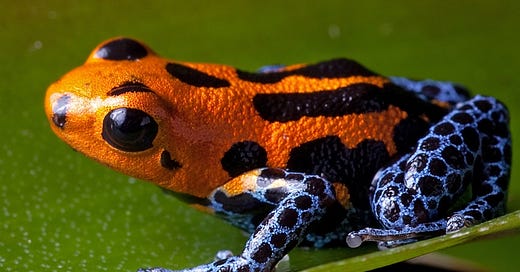



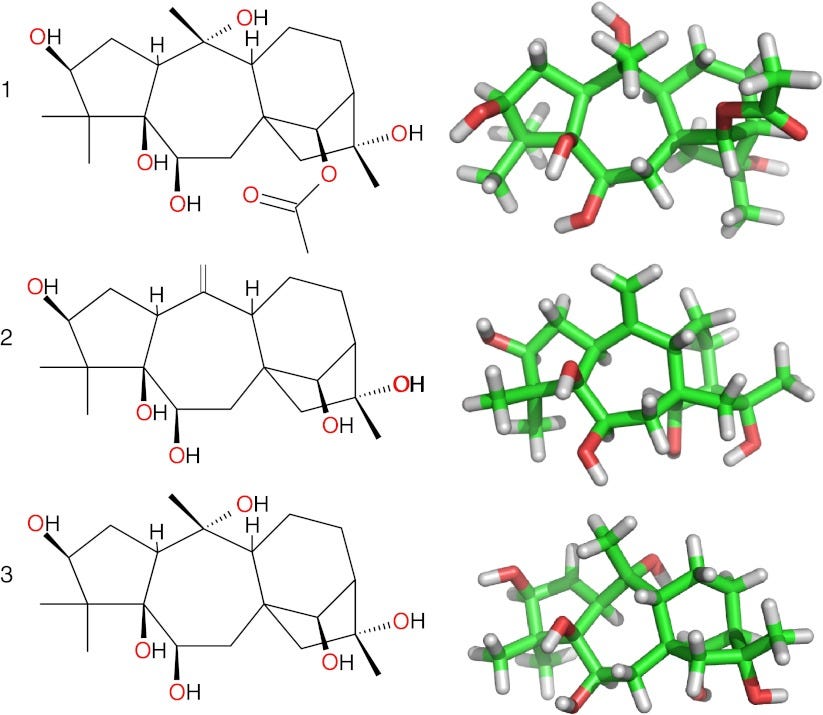

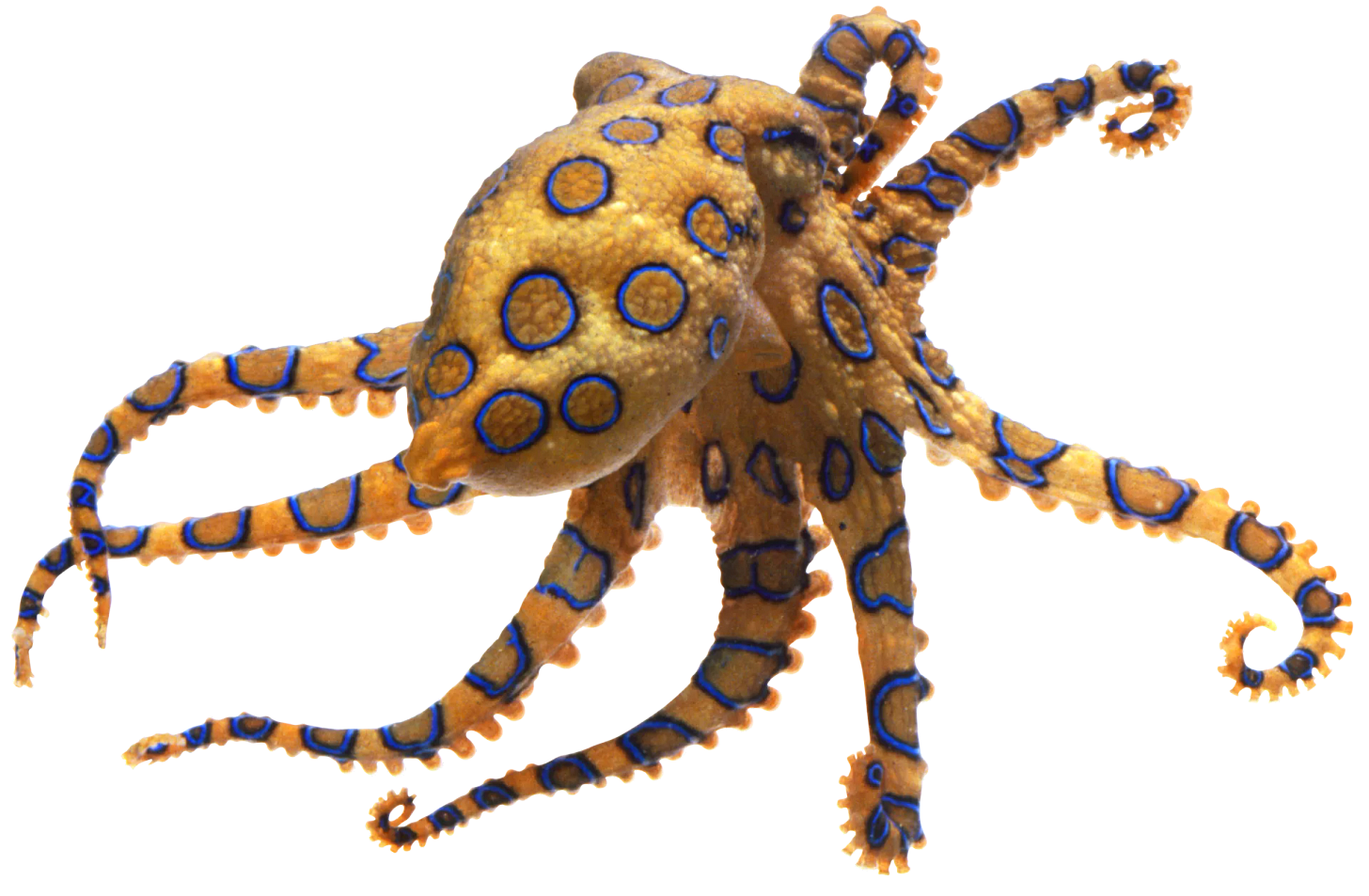

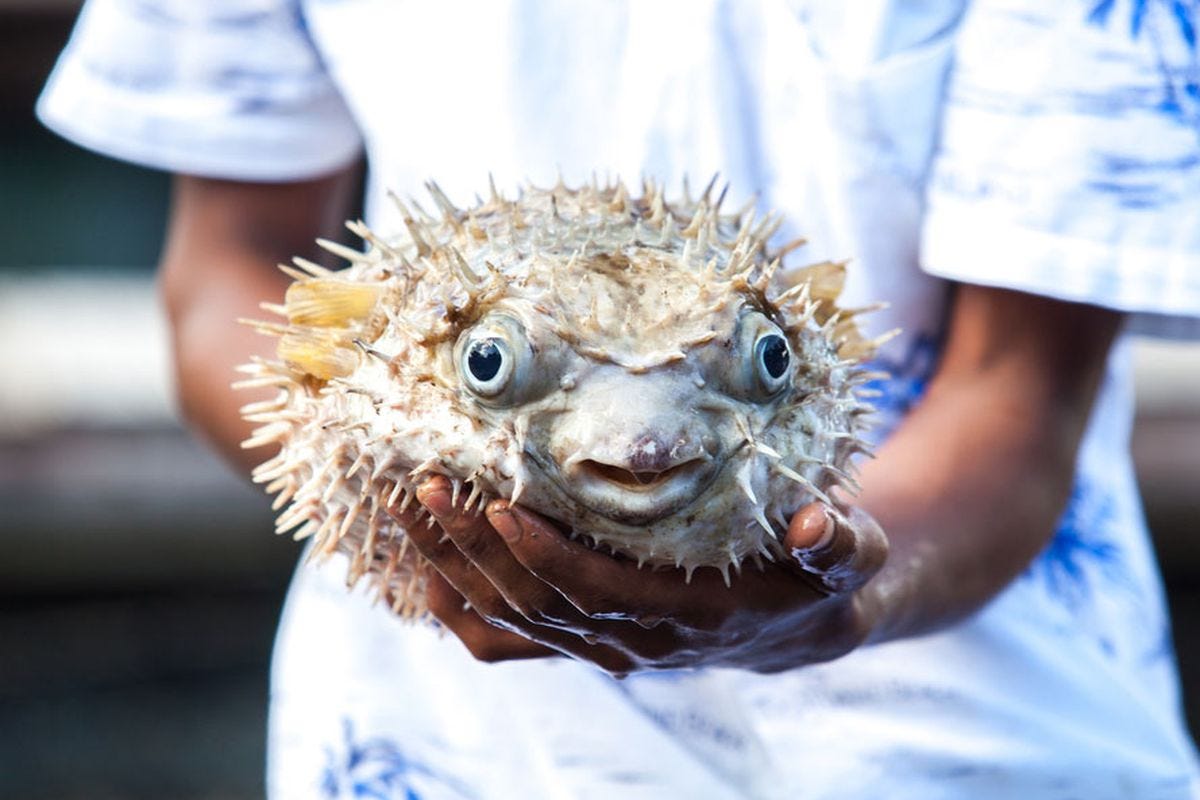




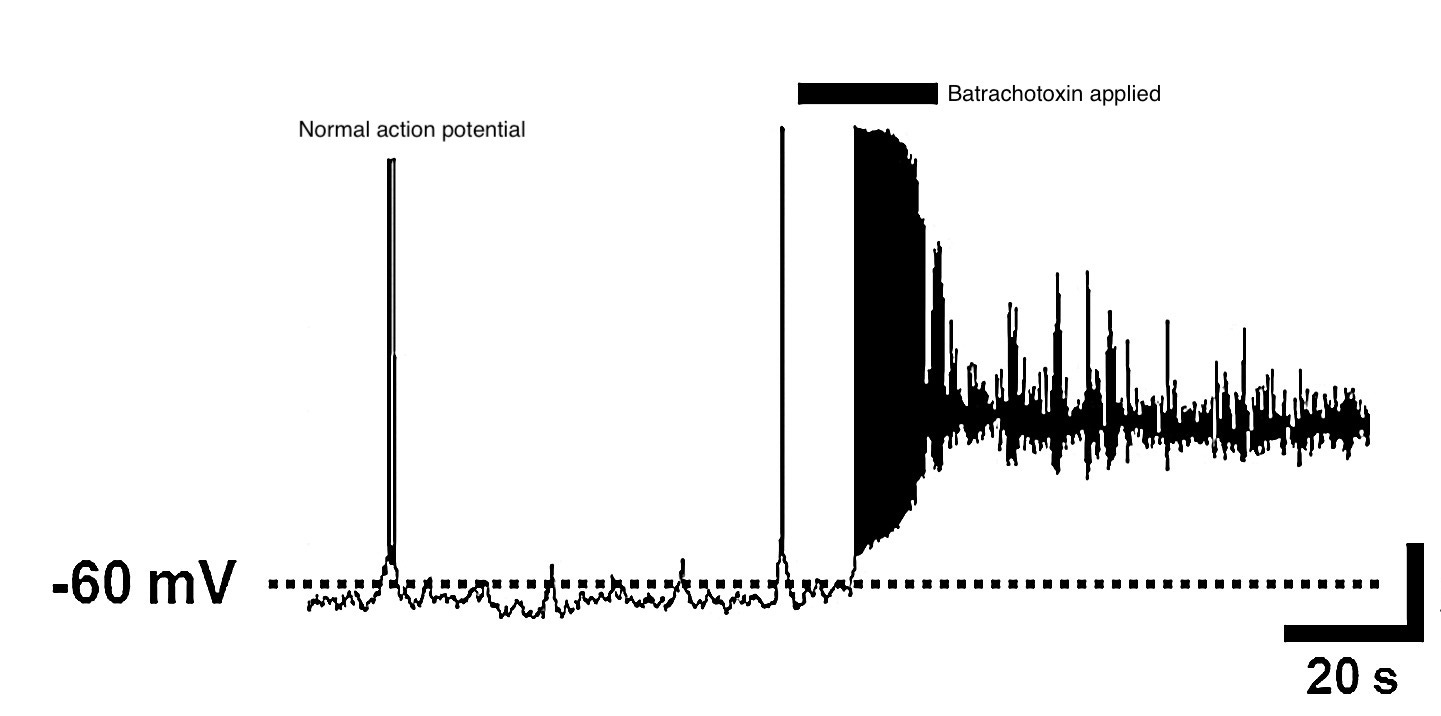


Can you explain the turn of phrase "tarsier loose in the top left" -- like a monkey in the left hemisphere or what, haha?
Supposedly manukka honey can be deadly if derived from some stage in flowering. It was on a murder mystery show set in NZ, so details were sketchy. Mad Manukka Honey might be a hit, if Bath Salts were.